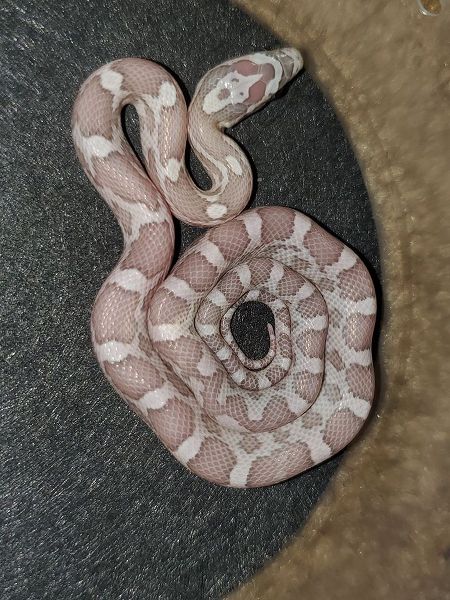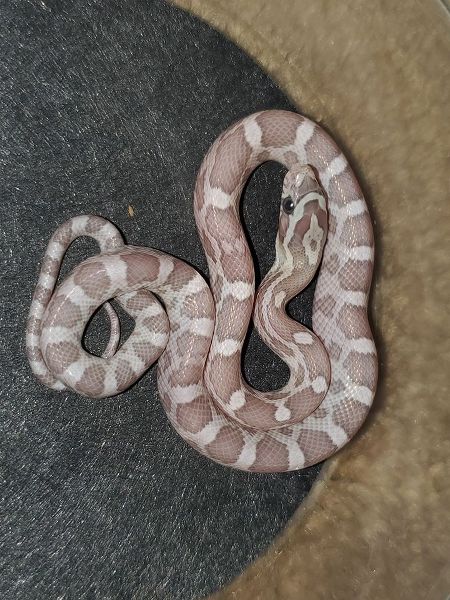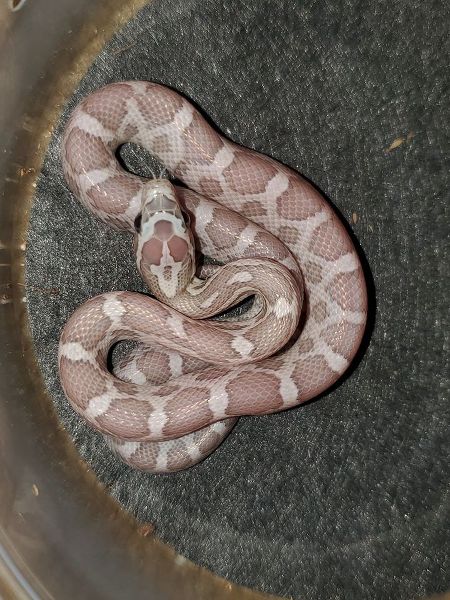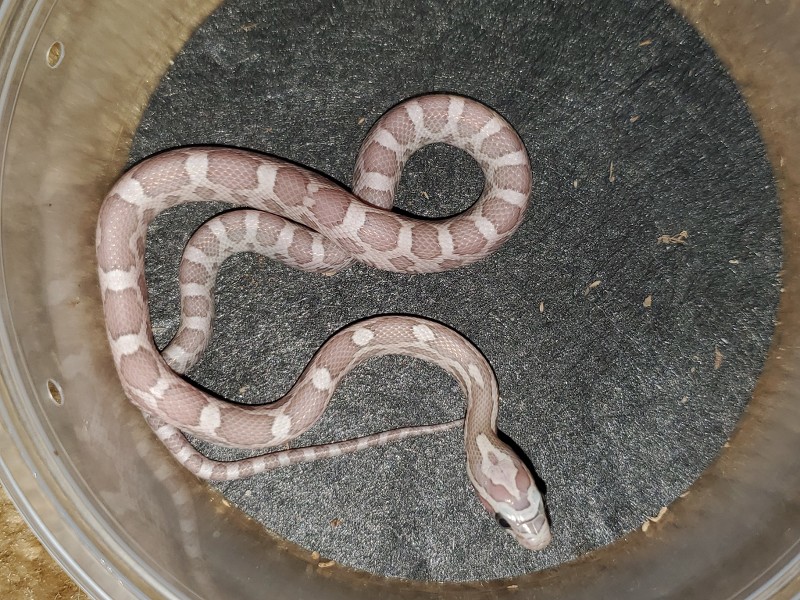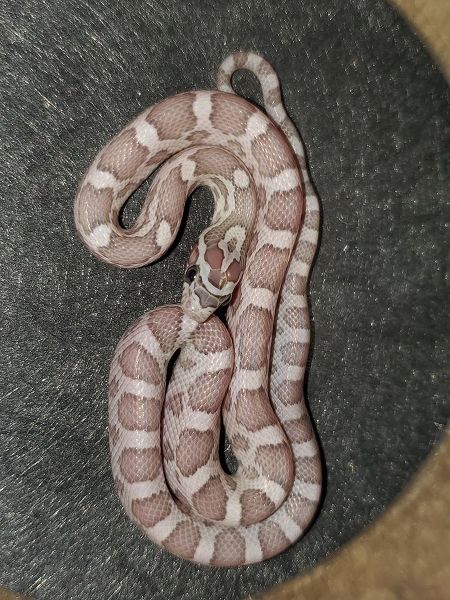Shiari
Blutterer
Has anyone else had something like this happen?
The male is my Bansidhe, and this is his first proper sired clutch. The female is Torandre, my ghost girl who has given me numerous babies and never showed anything like this before. It'll be super interesting to see if this pops up next year too with the other females I'm planning on pairing him to.
But basically, the vast majority of the females (7 out of 8) are showing moderate to extreme pattern modifications. Whereas the males have only 2 out of 6 showing even mild changes.
These are the females:
"unaffected" female-
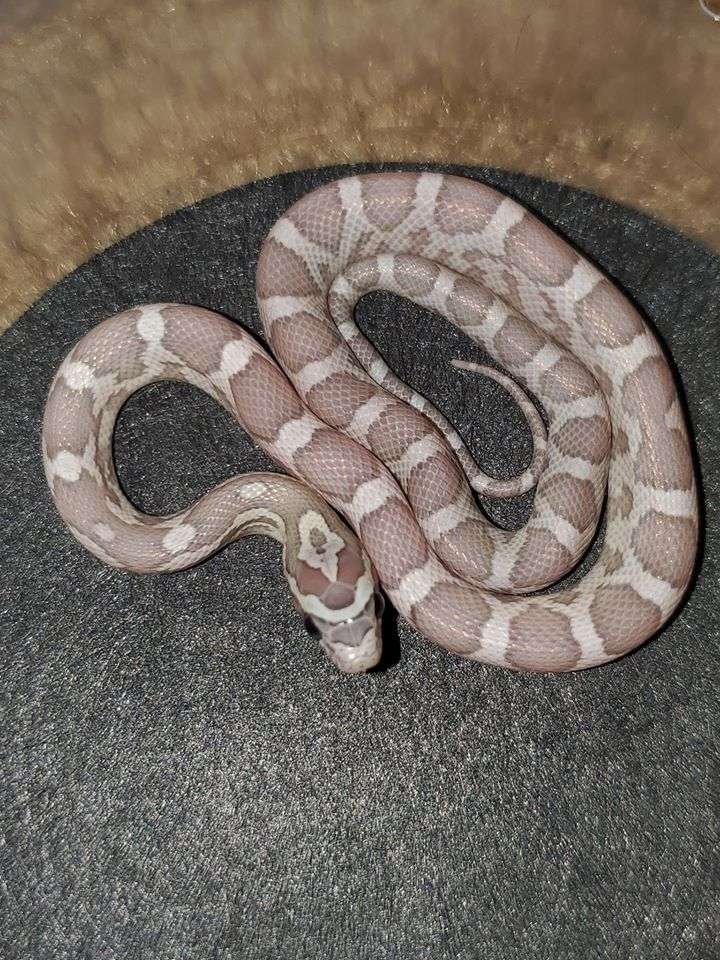
other females-
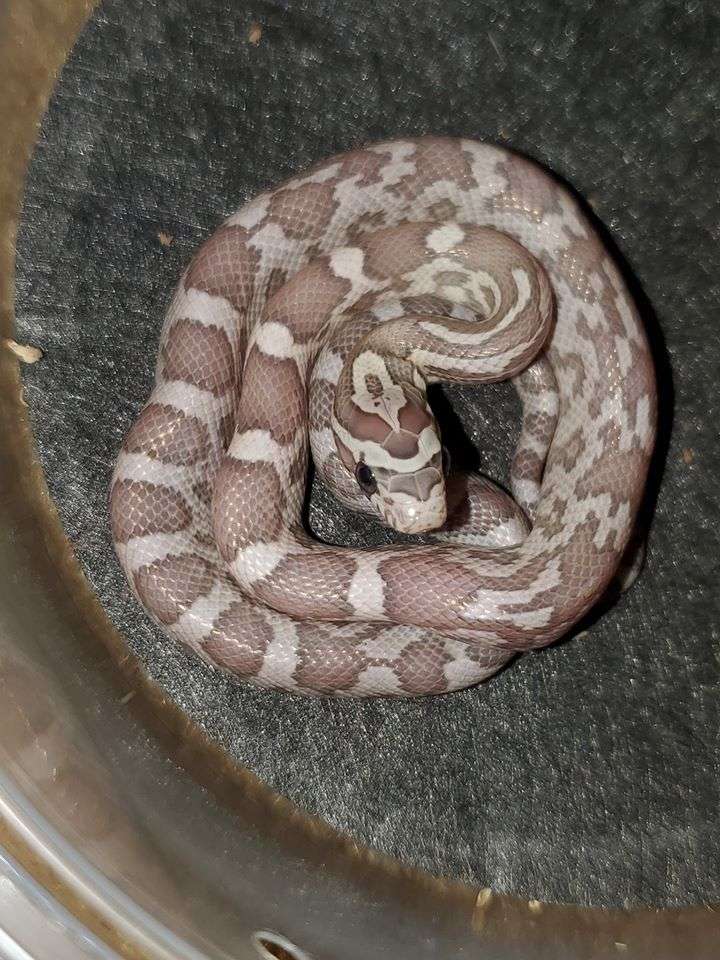
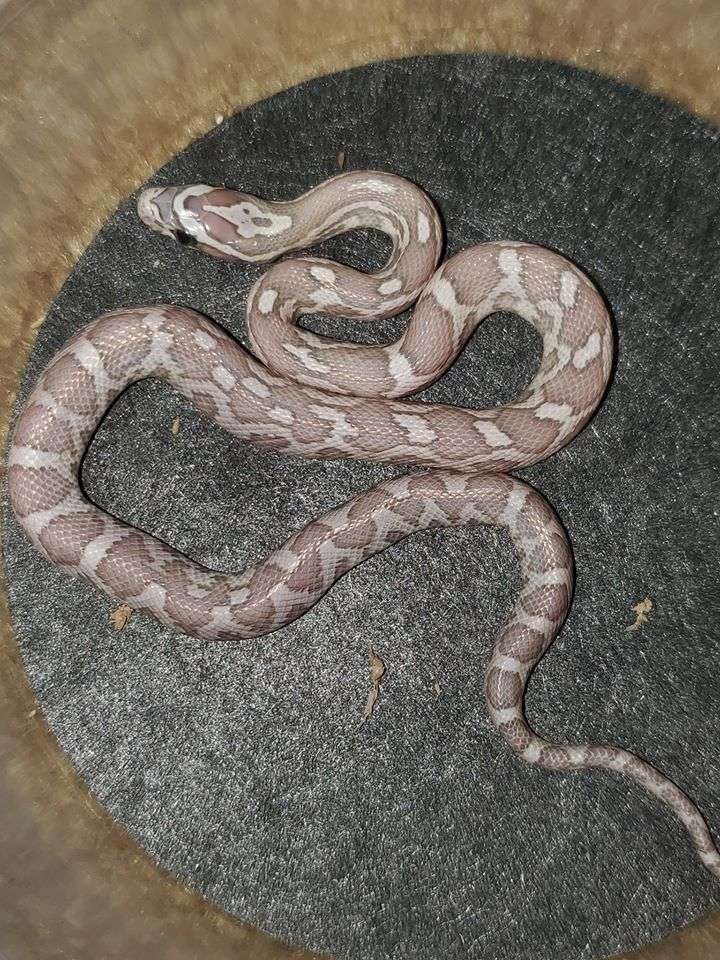

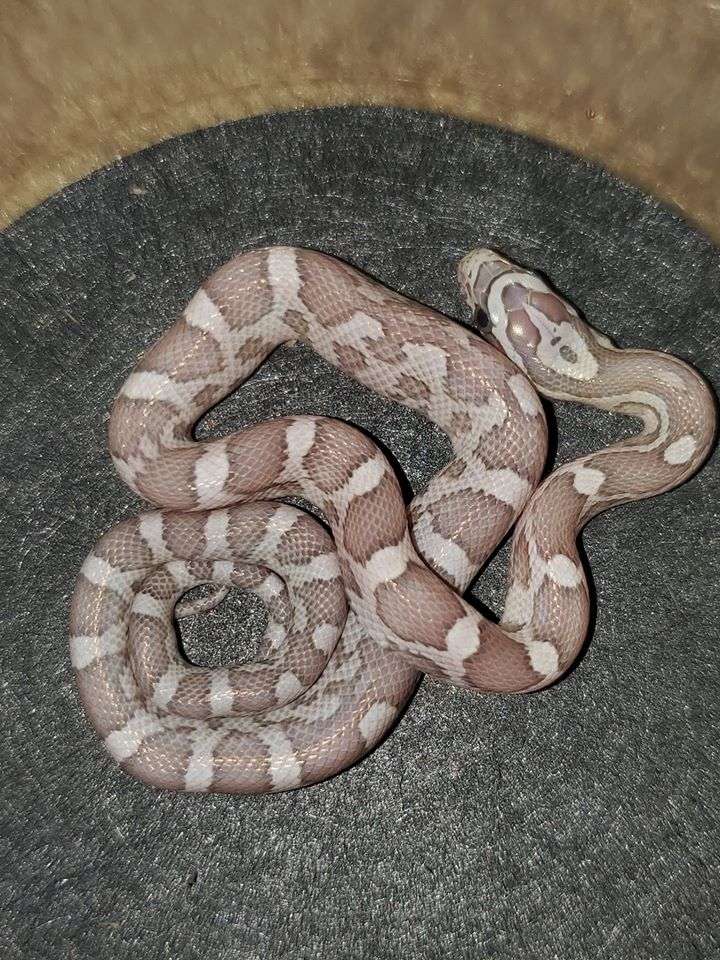
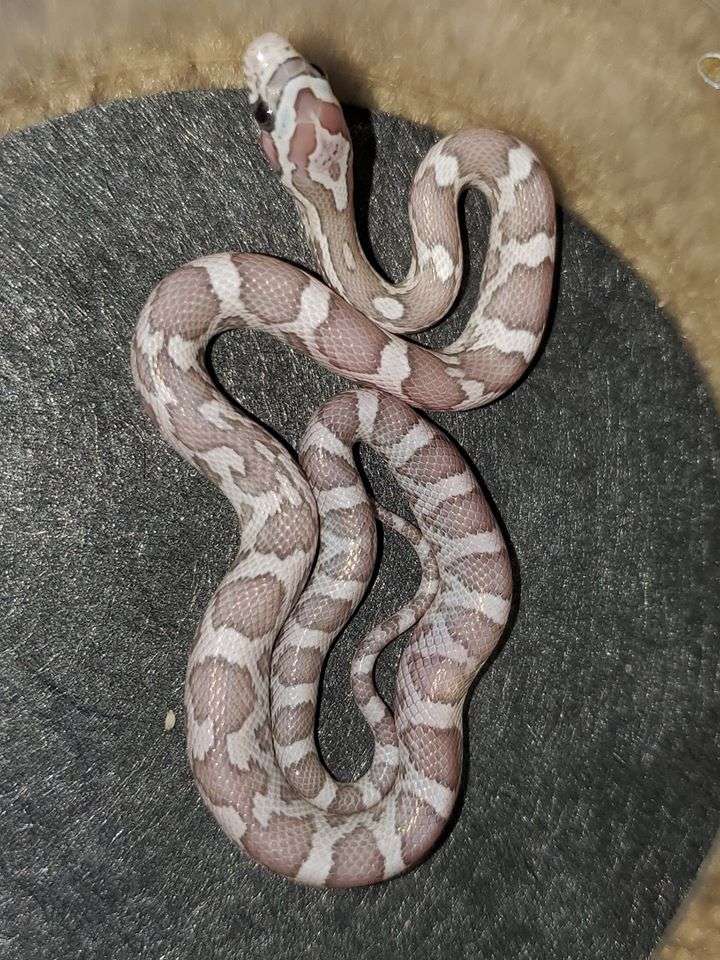
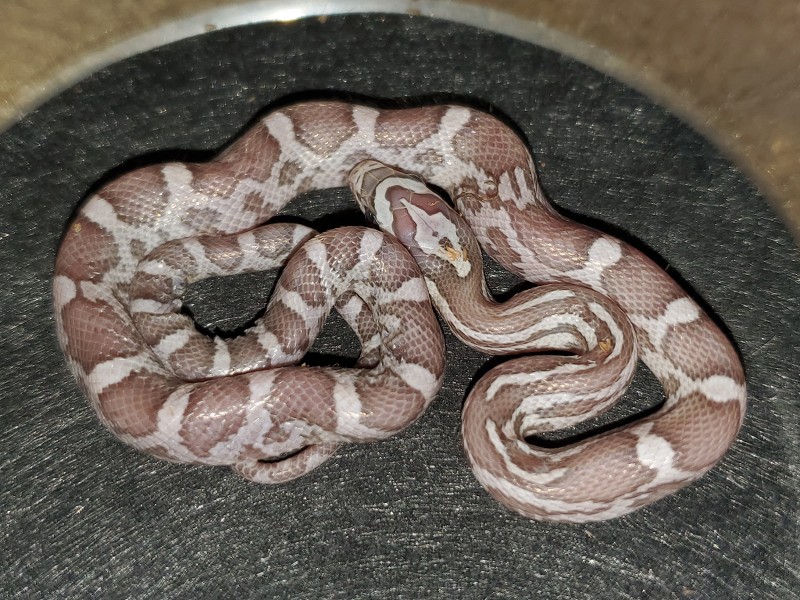
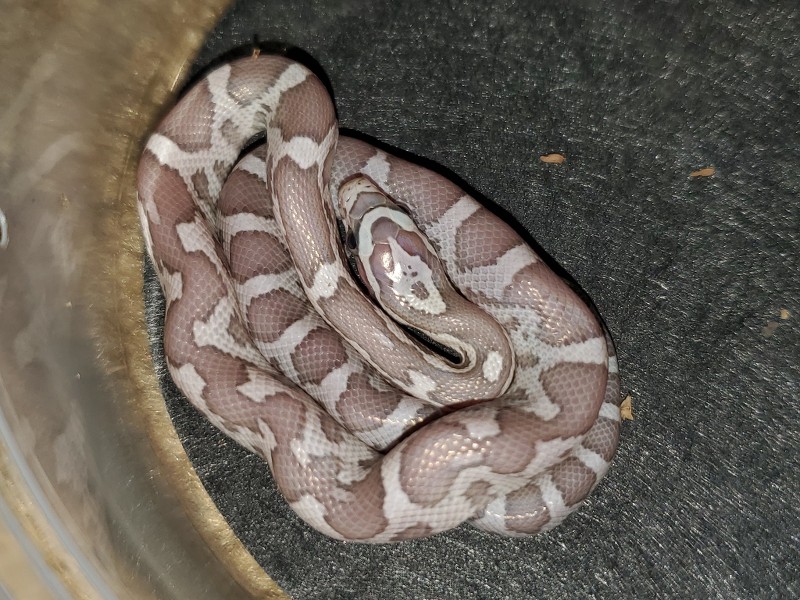
The male is my Bansidhe, and this is his first proper sired clutch. The female is Torandre, my ghost girl who has given me numerous babies and never showed anything like this before. It'll be super interesting to see if this pops up next year too with the other females I'm planning on pairing him to.
But basically, the vast majority of the females (7 out of 8) are showing moderate to extreme pattern modifications. Whereas the males have only 2 out of 6 showing even mild changes.
These are the females:
"unaffected" female-

other females-







Last edited:


